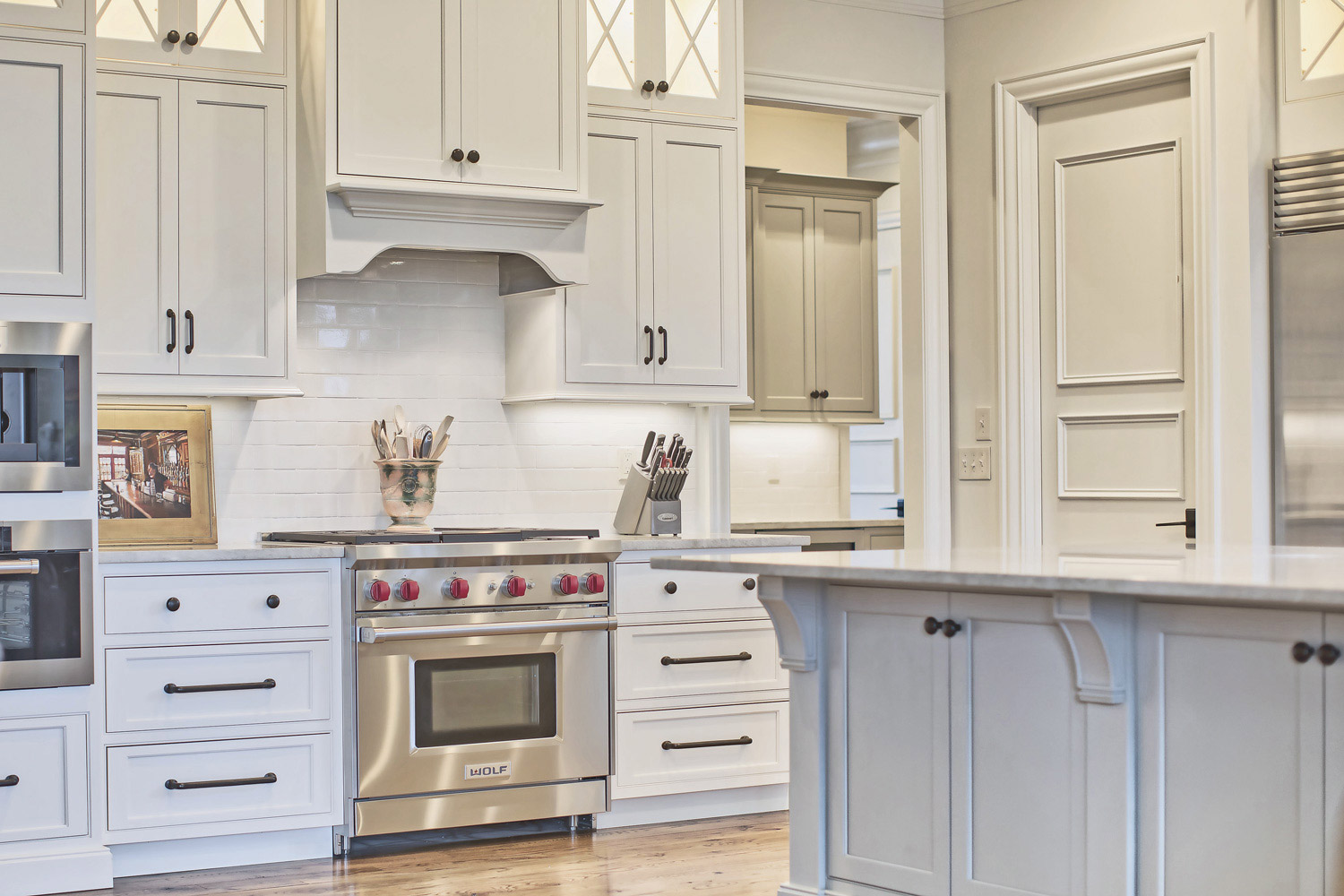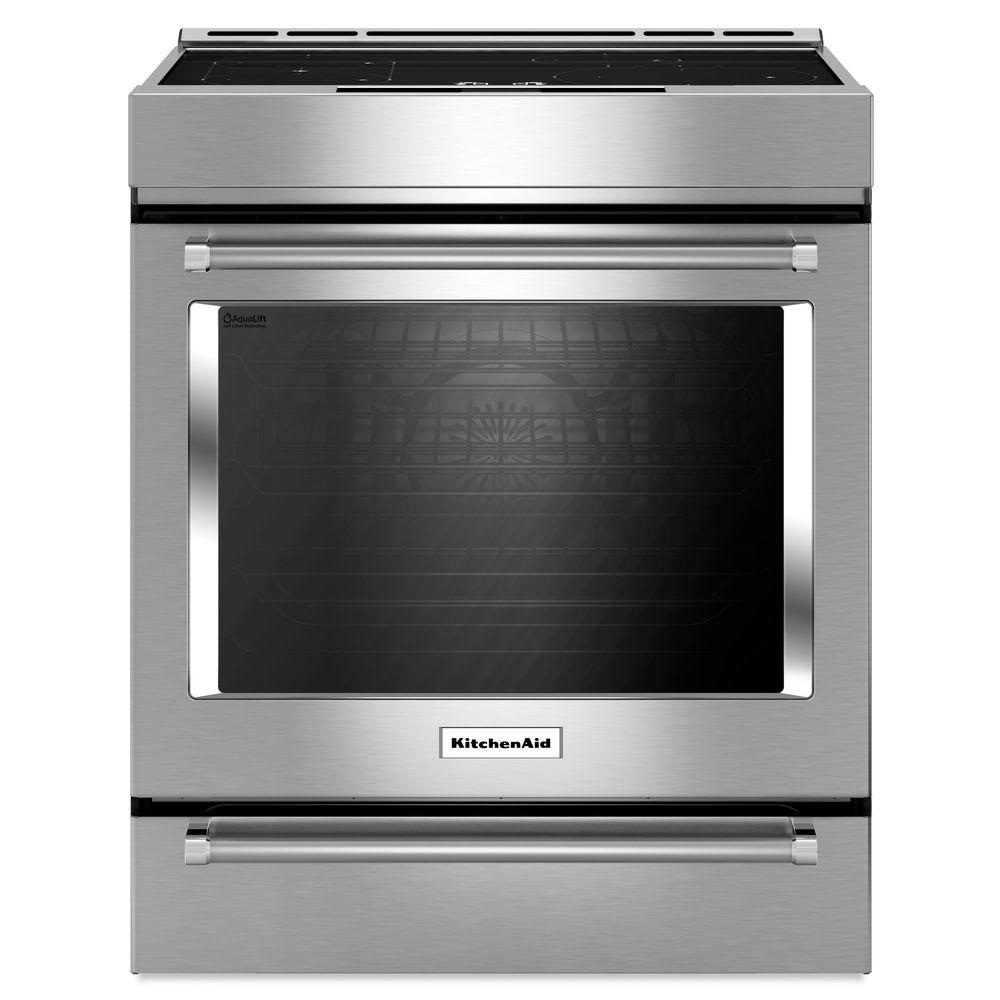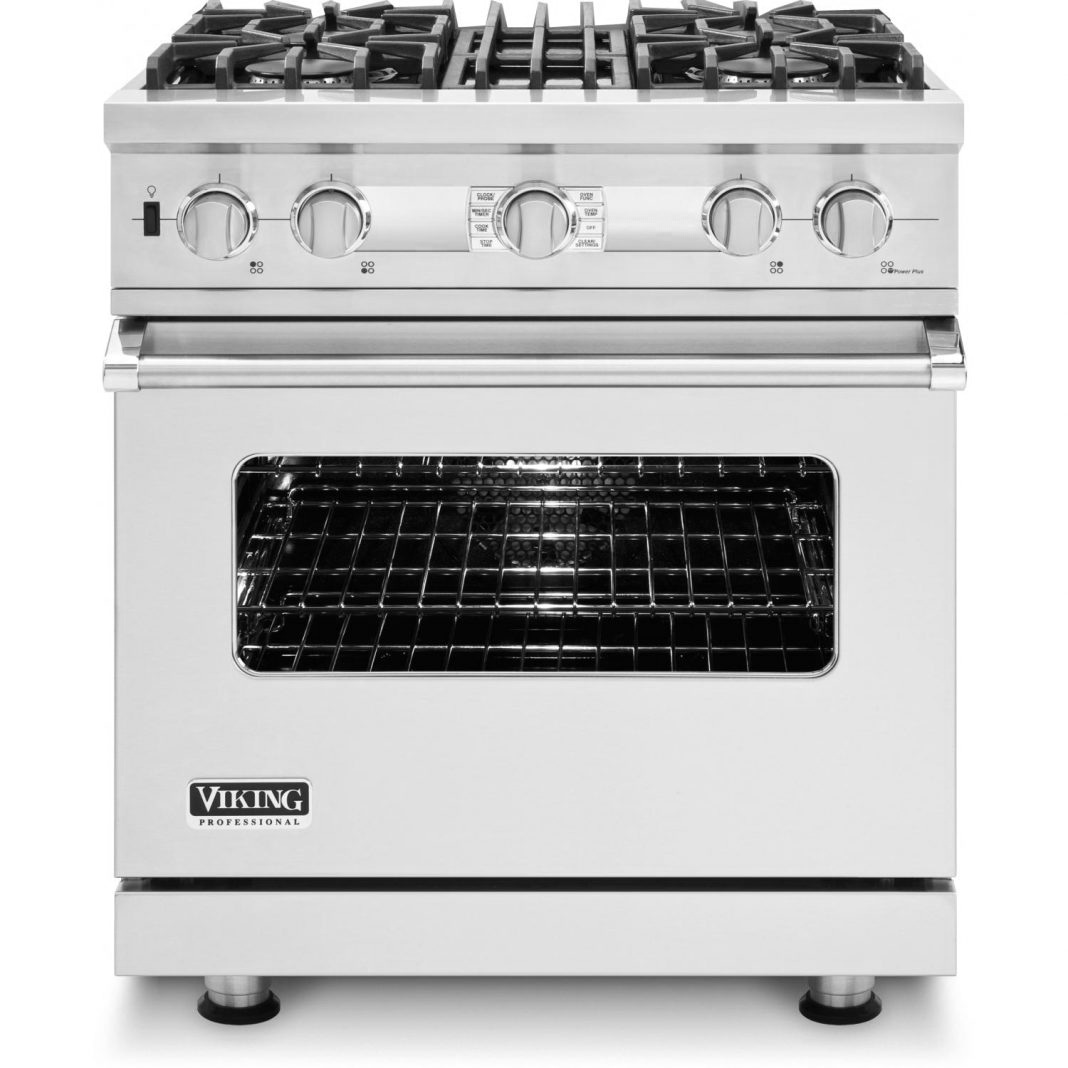Induction vs Gas Cooktops: Which Is Best When Remodeling a Kitchen?
Induction vs. Gas Cooking - Which is right for your Kitchen remodel?
If you're considering a kitchen remodeling project, today you have more choices than ever before when it comes to your appliances. Appliance technology has advanced in recent years, and if you love to cook, you have some interesting choices available that can make preparing weeknight dinners a breeze.
One of the most important decisions you'll make is whether to cook using gas heat, or induction technology. Both gas and induction cooking has been around for decades, but until recently, induction was out of the price range for all but the most affluent homeowner. Today, thanks to increasing demand, prices have come down, and more manufacturers are offering induction cooking as an option.
Many homeowners like the ease of use that gas cooktops offer the home chef, but in terms of energy efficiency, geek appeal, and its growing reputation for power and precision, induction cooking is making huge inroads into home kitchens across the country.
So which is right for your new kitchen? Let's take a look at induction vs. gas cooktops to help you make an informed decision about which is right for your new kitchen.
The Pros and Cons of Induction Cooktops
First, a little background on induction cooking. Induction cooking was initially patented in the early 1900s. Rather than cooking through the thermal conduction of heat via flames, induction cooking uses electromagnetic energy to heat pots and pans.
Induction cooking works by using a coil of copper wire placed under the cooking pot and then passing alternating electrical currents through the copper wire to create an electromagnetic field. Pots and pans made from metal like stainless steel or cast iron must be used for induction to work correctly.
There are many advantages to this type of cooking. Unlike gas cooktops where the energy is converted to heat (flames) then directed to the cooking vessel, induction cooking supplies the energy directly to the pot through a magnetic field. This means you could put a paper towel down on your stove, place a pot or pan on top of the towel and still cook what is in the pot or pan without burning the paper towel. This process makes induction incredibly efficient as 84% of the electrical energy is used for cooking, as opposed to just 40% for a gas cooktop.
While induction technology has advantages, there are also a couple of drawbacks to consider. Induction cooking only works with pots, pans, and other cooking vessels made of magnetic materials like cast iron or stainless steel. These types of cookware can cost more than other types of pots and pans. If you don't have a set of stainless steel or cast iron cookware, you'll need to invest in new pots and pans before you can use your new induction cooktop.
Another disadvantage of induction cooking is that induction stoves will only work with electric power. If there is a power interruption, you won't be able to use your oven to prepare meals. If for example, there is a natural disaster and power is down for days, you'll lose the ability to cook at all. Many homeowners who have an induction cooktop also have a backup system in place, like a gas or propane powered emergency generator.
One of the most significant drawbacks is for homeowners who may have a medical device like a pacemaker. You absolutely can not use an induction cooktop as the electromagnetic field can impair the functioning of your medical equipment. When it comes to our induction vs. gas comparison, this is a deal breaker for induction if you have a pacemaker.
The Pros and Cons of Gas Cooktops
Gas cooking first became commercially available in the late 1800s, but it was not until the early 20th century that gas cooking became widespread in both the United States and Europe. Today, gas cooking is commonly used by households throughout the world. While gas cooking technology has improved in terms of energy efficiency and safety, gas cooking has changed little since the early 1900s.
Gas offers many advantages to the homeowner. The most obvious, unlike induction cooking, which requires a constant power source, if the power goes out in your home, you can still prepare meals for your family.
While when using induction technology allows the cooking surface to remain cool to the touch, counterintuitively, gas cooktops actually remain cooler in the kitchen. The heat immediately disperses once a gas burner is shut off. Induction cooking distributes heat around the appliance. Gas cooktops don't waste heat that enters the air around the stove top.
Gas also provides a more accurate cooking temperature. When you turn the flame lower or higher, it immediately changes the cooking temperature. Induction cooking requires time for any heat changes to occur while the magnetic field increases or decreases, and the burners get warmer or cooler.
While gas cooking does offer somewhat more visual control over the heat source, gas stove tops do have some drawbacks to be aware of. Cooking on a gas stove can be messy, and take more time to clean. Because the pot is held over the flame on a metal grate, food spills are typical, and it is more difficult to clean up after cooking a meal.
Installation must be done by a professional to ensure it is done correctly. Using a gas cooktop that has been incorrectly installed can be dangerous. If not appropriately installed gas leaks can be dispersed around your home, which can create breathing issues and is a potential fire threat.
The Final Word on Induction vs. Gas Ranges and Cooktops
When it comes to induction vs. gas cooking, both gas and induction cooktops and ranges have pros and cons. When choosing which is right for you first weigh your priorities. Consider if safety is more important – which is one of the most significant benefits of induction cooking, or if you live in an area prone to power outages is it more relevant to cook for your family without interruption.
In terms of actual cooking, gas is relatively easy to control, you can visually see the flame as you adjust it, whereas, induction cooking will require some getting used to. You'll need to learn which settings work best for different cooking methods. But, once you get it down, induction burners deliver precise, consistent heat which can make preparing some dishes like sauces and jams much easier. And if time is an issue, induction cooking can shave minutes off the time it takes to cook dinner. Induction can boil water in a snap, and that means dinner is on the table faster during those busy weeknights.
As for price, induction cooktops and ranges have come down significantly in price, making them competitive with gas. The final choice really comes down to lifestyle. If you're the type of person who wants the latest technology, induction cooking is pretty fashionable. However, if your the kind of person who likes the traditional, tried and true, a gas range or cooktop might be the best choice for you.
If you're planning a kitchen remodeling project in the greater Tuscaloosa area, give the experts at Toulmin Kitchen & Bath a call at (205) 366-0807. We are aware of all of the latest technology and are always happy to address your questions and concerns. Let us help you design the kitchen of your dreams, from the perfect cabinetry, fixtures, and finishes to the best appliance choices to perfectly fit your lifestyle!



